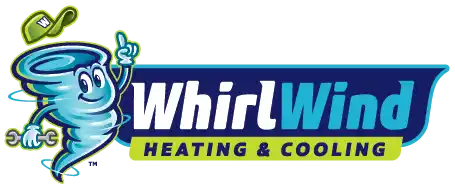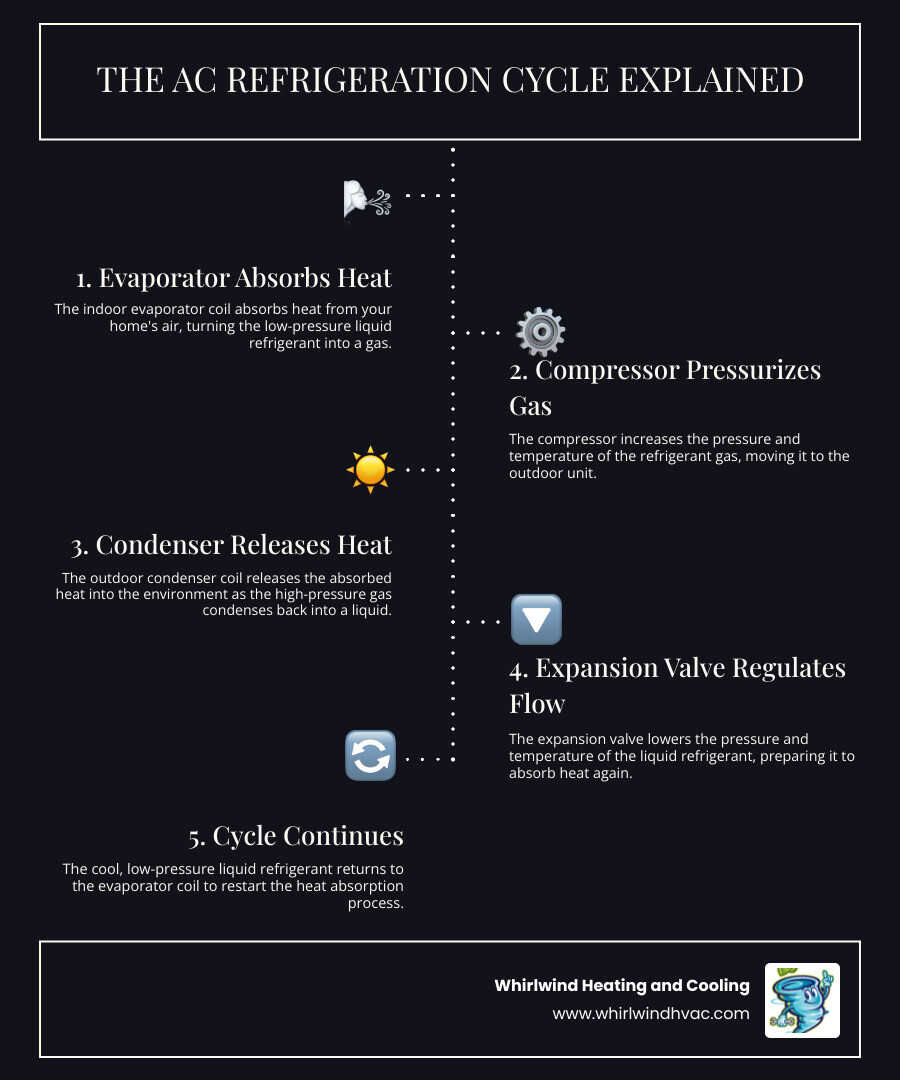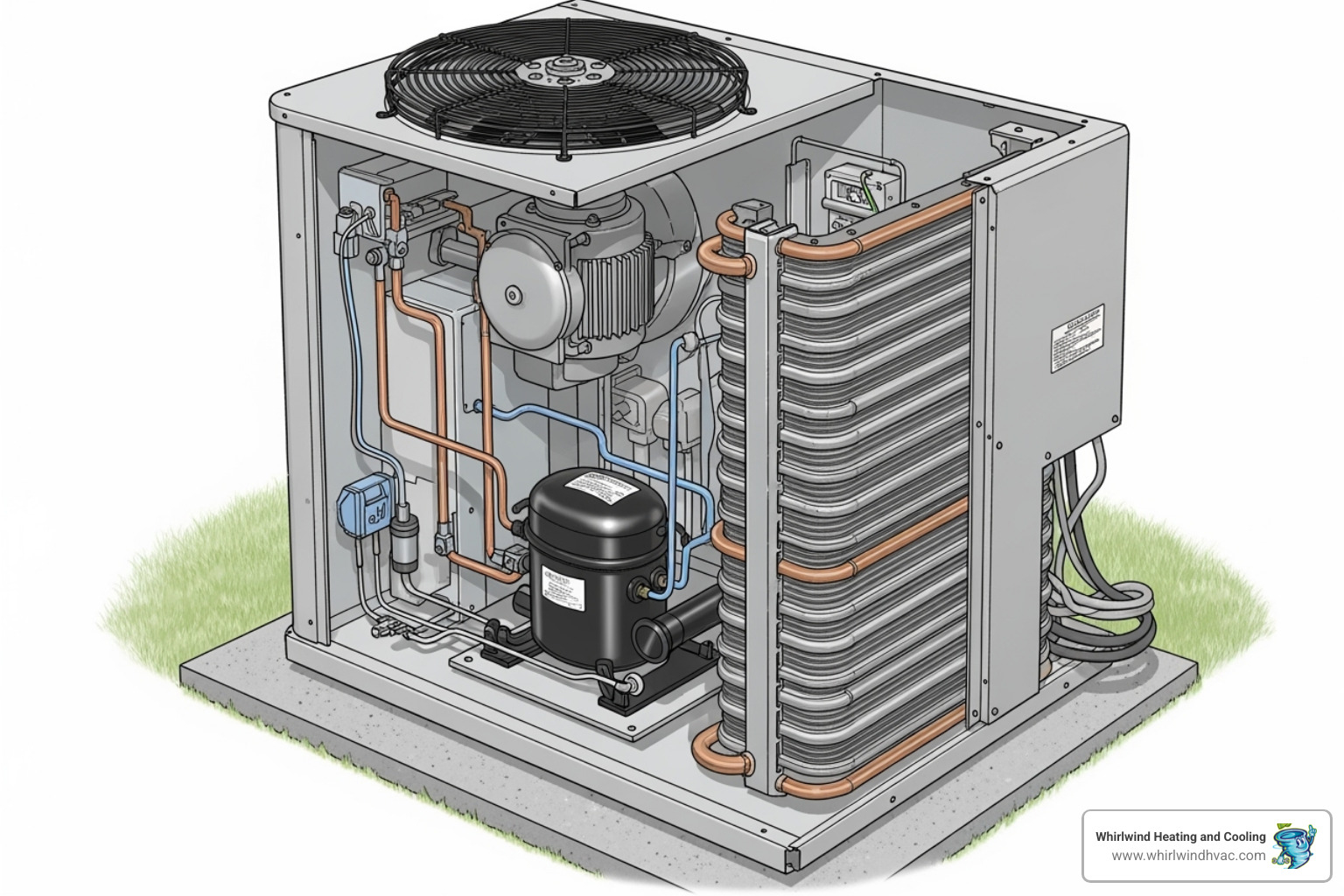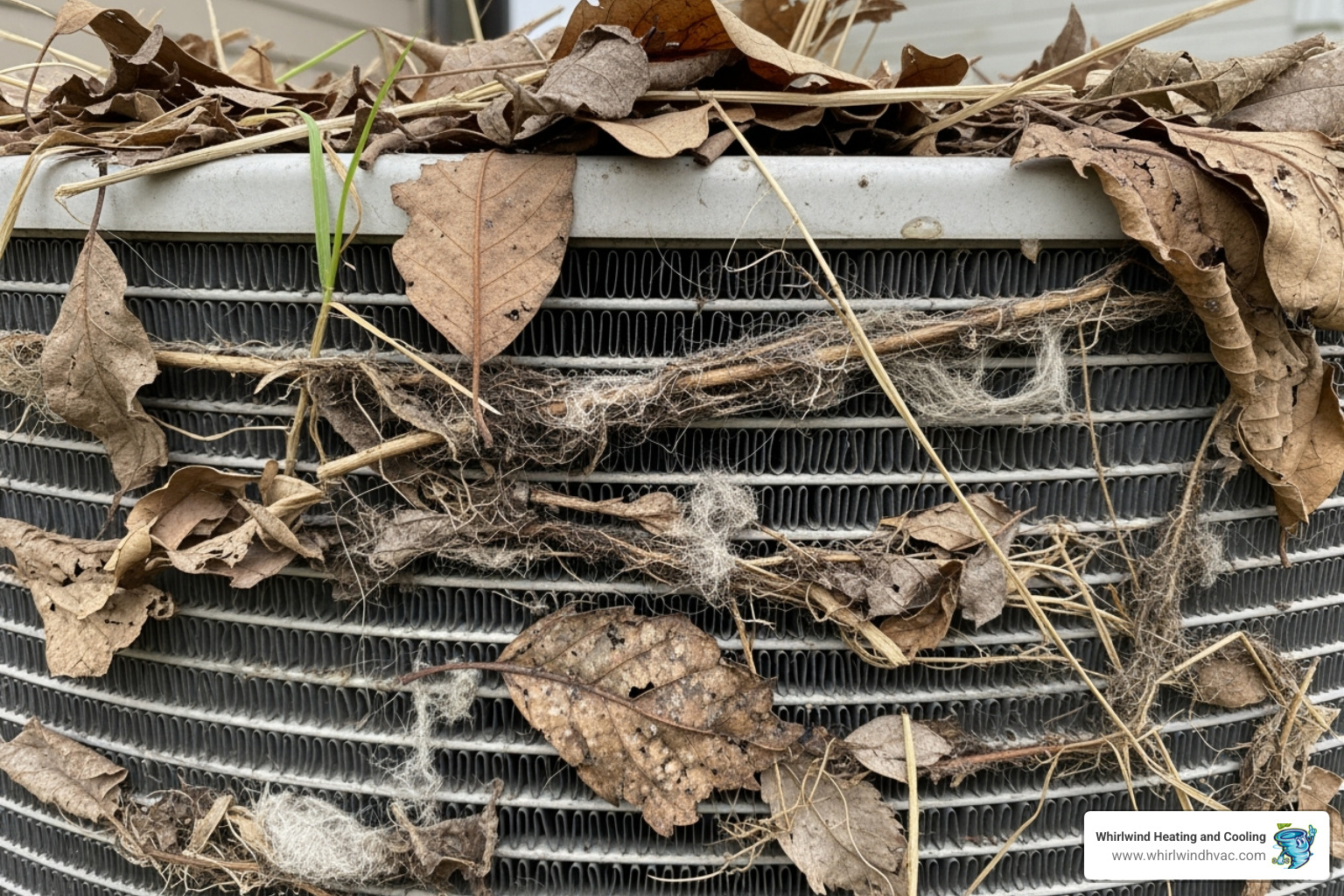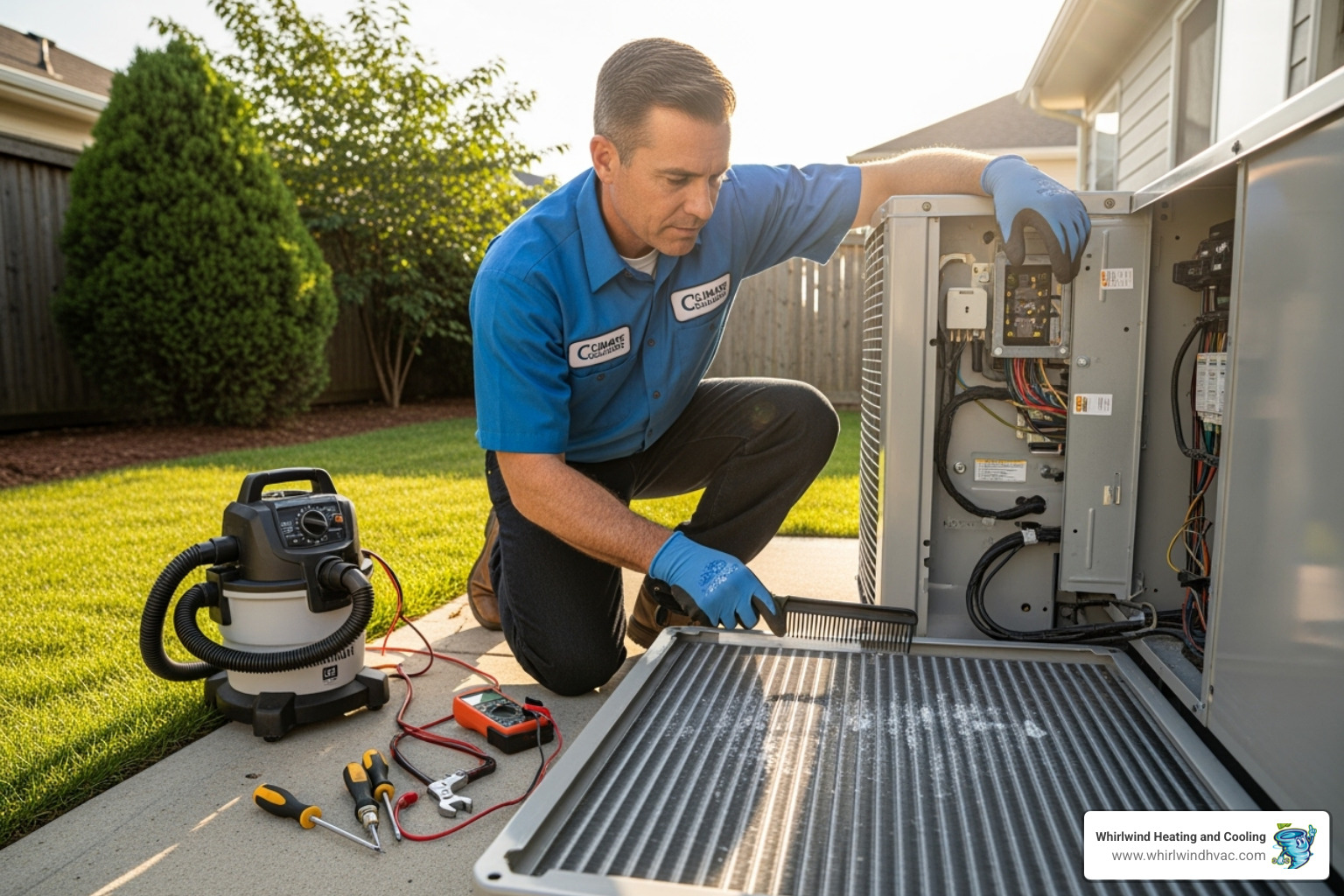When Your AC Condenser Fails: Understanding the Heart of Your Cooling System
AC condenser repair becomes a priority when your air conditioning struggles with summer heat, resulting in warm air and high energy bills. The condenser, the large outdoor unit, is the heart of your cooling system. It releases the heat absorbed from inside your home, converting refrigerant from a gas back into a liquid.
Quick AC Condenser Repair Guide:
- Safety first: Turn off power at the breaker before any inspection.
- Check basics: Thermostat settings, circuit breakers, and air filters.
- Clean debris: Remove leaves, grass, and dirt from around the unit.
- Inspect coils: Look for ice buildup, damage, or excessive dirt.
- Listen carefully: Unusual noises often signal specific problems.
- Call professionals: For refrigerant leaks, electrical issues, or compressor problems.
For homeowners in the Willamette Valley, a struggling AC often points to the condenser. While many issues are preventable with maintenance or have simple DIY solutions, knowing when to call a professional is key to avoiding costly mistakes.
Understanding your condenser helps you decide between repair and replacement, a crucial choice when costs can range from $150 for simple fixes to over $3,000 for major component failures.
What is an AC Condenser and How Does It Work?
Your AC condenser is the outdoor unit responsible for releasing the unwanted heat your system collects from inside your home. It works in tandem with the indoor evaporator coil to complete the cooling cycle. Understanding how central air conditioners work can help you better maintain your system and recognize when repairs are needed.
Here’s a simplified look at how it works:
- Heat Absorption: Inside, the evaporator coil absorbs heat, turning liquid refrigerant into a gas.
- Compression: This gas travels to the compressor in the outdoor unit, which pressurizes it, making it very hot.
- Heat Release: The hot, high-pressure gas flows through the condenser coils. A large fan blows outdoor air across these coils, releasing the heat and cooling the refrigerant back into a liquid.
- Cycle Repeat: The cooled liquid refrigerant returns indoors to start the process over again.
Without a working condenser, heat remains trapped in your home. When it fails, you’ll need ac condenser repair to restore your cooling.
Common Signs Your Condenser Needs Attention
Catching problems early can prevent a total system breakdown. Here’s what to look for:
- Weak or warm airflow: If the air from your vents isn’t cold, your condenser may be struggling to release heat. This is a primary symptom when asking, Why Is My AC Not Cooling Properly?.
- Strange noises: Your unit should hum quietly. Banging, grinding, hissing, or squealing indicates a problem. For example, AC Making Grinding Noises could mean worn-out motor bearings, while hissing often points to a refrigerant leak.
- Visible leaks or puddles: While some condensation is normal, puddles of fluid or an oily residue can signal a refrigerant leak.
- Ice buildup: Ice on your condenser coils is a sign of low refrigerant or restricted airflow, preventing proper heat transfer.
- Higher energy bills: An inefficient condenser works harder, consuming more electricity and increasing your monthly costs.
- Frequent cycling: If your AC turns on and off in short, repeated bursts, it could be due to condenser issues like refrigerant leaks or electrical faults.
The Most Frequent Condenser Problems
Your outdoor unit is exposed to the elements, making it prone to several common issues.
- Dirty coils: This is the most common and preventable problem. A buildup of dirt, leaves, and grass acts like a blanket, trapping heat and forcing your system to work harder.
- Refrigerant leaks: Leaks can develop from corrosion or damage. Low refrigerant leads to poor cooling, ice buildup, and potential compressor damage. Addressing AC Refrigerant Leak Issues promptly is crucial.
- Faulty fan motors: If the fan motor fails, the fan stops spinning, and heat cannot be released, causing the system to overheat.
- Bad capacitors: These components help start the fan motor and compressor. A failed capacitor can prevent the unit from starting, often causing a humming sound with no action. Learn the Signs Air Conditioners Capacitor Is Failing.
- Electrical issues: Problems with wiring, contactors, or control boards can cause a range of symptoms, from intermittent operation to a complete shutdown.
- Physical damage: Hail, falling branches, or landscaping accidents can dent fins and damage coils, compromising performance.
Troubleshooting and DIY Steps for Condenser Issues
Before calling for professional help, there are several simple checks you can perform yourself that might solve the problem and save you a service call. However, safety must always come first.
DIY Safety Precautions
Your AC condenser is a powerful electrical appliance. Before any inspection or cleaning:
- Turn off the power at the circuit breaker. Find the breaker for your outdoor unit or HVAC system in your main electrical panel and switch it off. If you’re unsure which one it is, turn off the main breaker.
- Wear protective gear. Work gloves will protect your hands from sharp metal fins, and safety glasses are recommended when cleaning.
With the power off, you can begin some basic Troubleshooting Common AC Issues.
Simple DIY Checks and Fixes
Many condenser problems have surprisingly simple solutions.
- Check your thermostat settings: Ensure it’s set to “Cool” and the temperature is set lower than the current room temperature.
- Inspect the circuit breaker: If the breaker has tripped, reset it once. If it trips again immediately, there’s a more serious electrical problem that requires a professional.
- Clean your condenser coils: This is the most effective DIY task. First, clear away leaves, grass, and other debris, ensuring at least two feet of clear space around the unit. Then, use a garden hose (not a pressure washer) to gently spray the coils from the outside in, pushing dirt away from the unit.
- Straighten bent fins: If you notice bent or flattened aluminum fins, you can carefully straighten them with a fin comb or a thin tool like a butter knife. Be gentle to avoid puncturing the coils.
These steps are a key part of regular Summer Heat AC Maintenance Tips.
When to Call a Professional for AC Condenser Repair
While DIY maintenance is helpful, some jobs are strictly for trained technicians. Call a professional for:
- Refrigerant issues: If you suspect a leak (hissing sounds, oily residue, ice buildup), call a pro. Refrigerants are regulated substances that require certified handling.
- Electrical component problems: Issues with capacitors, contactors, or control boards require professional diagnosis to avoid danger and further damage.
- Compressor problems: The compressor is the most expensive component. If it’s humming but not starting, making grinding noises, or is completely silent, it needs an expert.
- Major leaks or physical damage: Repairs requiring soldering or brazing need specialized skills and equipment.
- Your system still won’t turn on: If basic checks don’t work, there’s an underlying issue that needs professional tools to diagnose.
When you notice these Signs You Need Professional HVAC Repair, our team at Whirlwind Heating and Cooling is ready to help homeowners throughout the Willamette Valley, including Woodburn, Salem, Portland, and Silverton.
The Big Decision: AC Condenser Repair vs. Replacement
When your condenser fails, you face a critical decision: fix it or replace it? The right choice depends on several factors, not just the immediate cost.
Age is a primary factor. Repairing a unit under 10 years old often makes sense for minor issues. For units over 10-15 years old, replacement becomes a more attractive option, especially when facing major repairs.
The cost and type of repair are also critical. A $200 capacitor replacement is an easy decision. A $2,500 compressor failure, however, makes the cost of a new unit seem more reasonable. Also, consider that newer units are far more energy-efficient, with modern SEER ratings of 14 or higher compared to 10 on older models, leading to significant monthly savings.
| Factor | Repair Makes Sense When… | Replacement Makes Sense When… |
|---|---|---|
| Age of Unit | Unit is under 10 years old | Unit is 10-15+ years old |
| Cost of Repair | Minor issues under $500 | Major repairs over $1,500 |
| System Efficiency | Current efficiency is acceptable | Current SEER is below 13 |
| Warranty Status | Parts still under warranty | Warranty has expired |
| Frequency of Breakdowns | First or rare problem | Multiple repairs in recent years |
| Refrigerant Type | Uses R-410A refrigerant | Uses outdated R-22 refrigerant |
If your system uses the phased-out R-22 refrigerant (common in pre-2010 units), a leak often makes replacement the only practical long-term solution. Considering the total cost of ownership is key to making the right AC Replacement vs Repair decision.
Cost Breakdown: The Price of AC Condenser Repair and Replacement
Understanding the costs helps clarify your decision. AC condenser repair costs vary widely. A simple fix like a capacitor replacement might be $100 to $400, while a fan motor can cost $350 to $600.
The most significant expenses involve refrigerant leak repair and recharge ($200 to $1,500), especially with expensive R-22, and compressor replacement, which can cost $1,000 to $3,000+. When a repair approaches this upper range, replacement becomes a serious consideration.
New condenser unit replacement typically costs $2,500 to $5,000. This price is influenced by the unit’s size, brand, and energy efficiency (SEER rating). While the upfront cost is higher, it can be offset by lower energy bills and a new warranty.
Key Factors in Your Decision
Beyond the immediate cost, consider these long-term factors:
- The “$5,000 rule”: Multiply the repair cost by the unit’s age. If the result is over $5,000, replacement is often the smarter financial move (e.g., a $1,200 repair on an 8-year-old unit is $9,600).
- Energy savings: Upgrading from a 10 SEER to a 16 SEER unit can cut cooling costs by 30% or more, helping the new system pay for itself over time.
- R-22 refrigerant phase-out: If your system uses R-22, replacement is almost always the best long-term choice, as the refrigerant is becoming prohibitively expensive and scarce.
- Reliability and peace of mind: A new unit comes with a full warranty and the assurance that it won’t fail during a heatwave. An older, repaired unit still carries the risk of other components failing.
When evaluating if your AC Unit Needs Replacement, we help our Willamette Valley customers weigh all these factors to make an informed, honest choice.
The Importance of Regular Maintenance
Just as your car needs regular oil changes, your AC condenser requires consistent care to perform reliably and efficiently through demanding Willamette Valley summers. That outdoor unit is constantly exposed to the elements; without maintenance, it’s fighting an uphill battle.
Regular professional maintenance offers significant benefits:
- Extends System Lifespan: A well-maintained condenser can last 15-20 years, while neglected units often fail around the 10-12 year mark.
- Improves Efficiency and Lowers Bills: Clean coils and properly functioning components allow your system to cool your home using less energy. The AC Maintenance Impact on System Efficiency is substantial.
- Prevents Costly Breakdowns: Technicians can spot and fix small issues, like a failing capacitor, before they cause a catastrophic failure of a major component like the compressor.
Neglecting maintenance leads to higher energy bills, more frequent calls for ac condenser repair, and premature system failure. An annual tune-up, ideally in the spring, is a small investment that protects your larger investment in home comfort. The Benefits of Regular AC Maintenance provide peace of mind, knowing your system is ready for the heat.
Frequently Asked Questions about AC Condenser Repair
We’ve answered countless questions from homeowners across the Willamette Valley. Here are some of the most common ones regarding ac condenser repair.
How long does an AC condenser last?
A well-maintained AC condenser typically lasts 15 to 20 years. However, this lifespan depends heavily on factors like regular maintenance, climate, and initial installation quality. Units in our milder Willamette Valley climate may last longer than those in harsher regions, but only with consistent annual tune-ups.
Is an AC condenser leak dangerous?
While not an immediate, severe health hazard, a refrigerant leak should be addressed promptly. The primary risks are:
- System Damage: Low refrigerant forces your compressor to work harder, leading to overheating and expensive failure. This is the most significant risk.
- Environmental Impact: Refrigerants are potent greenhouse gases, and releasing them is illegal. Professionals must capture and handle them according to regulations.
- Health Concerns: Inhaling high concentrations can cause dizziness, but since the unit is outdoors, this is rare. It’s still wise to keep children and pets away.
Addressing AC Refrigerant Leak Issues quickly is crucial to avoid turning a small problem into a major expense.
Can I just replace the condenser coil instead of the whole unit?
Technically, yes, but it’s often not the best financial decision. Replacing only the coil can cost $800 to $3,000, which can be close to the cost of a whole new unit. Consider these points:
- Age: On a system over 10-12 years old, replacing one major part leaves you vulnerable to another component (like the compressor) failing soon after.
- Compatibility: The new coil must perfectly match the indoor unit and refrigerant type. A mismatch can reduce efficiency and performance.
- R-22 Refrigerant: If your system uses the phased-out R-22 refrigerant, finding a compatible coil is difficult and expensive. In this case, upgrading the entire system is almost always the recommended path.
In most cases, especially with older systems, replacing the entire condenser unit is a more reliable and cost-effective long-term solution.
Conclusion
When your AC fails during a Willamette Valley summer, understanding ac condenser repair is your key to restoring comfort. The main takeaways are to act quickly on warning signs like strange noises or weak airflow, and to know your limits when it comes to DIY versus professional repairs. While cleaning your unit is a great DIY task, issues involving refrigerant, electrical components, or the compressor require expert attention for safety and to prevent further damage.
Deciding between repair and replacement can be tough, but by considering the unit’s age, repair cost, and the long-term savings of a new, efficient system, you can make an informed choice.
At Whirlwind Heating and Cooling, our mission is to “Do it right, at a fair price.” We provide homeowners in Woodburn, Salem, Portland, Silverton, and the surrounding areas with honest advice and quality workmanship. Your comfort shouldn’t be left to chance.
For expert help in the Willamette Valley, schedule your AC Repair Woodburn OR service today, and let us help you keep your cool all season long!

